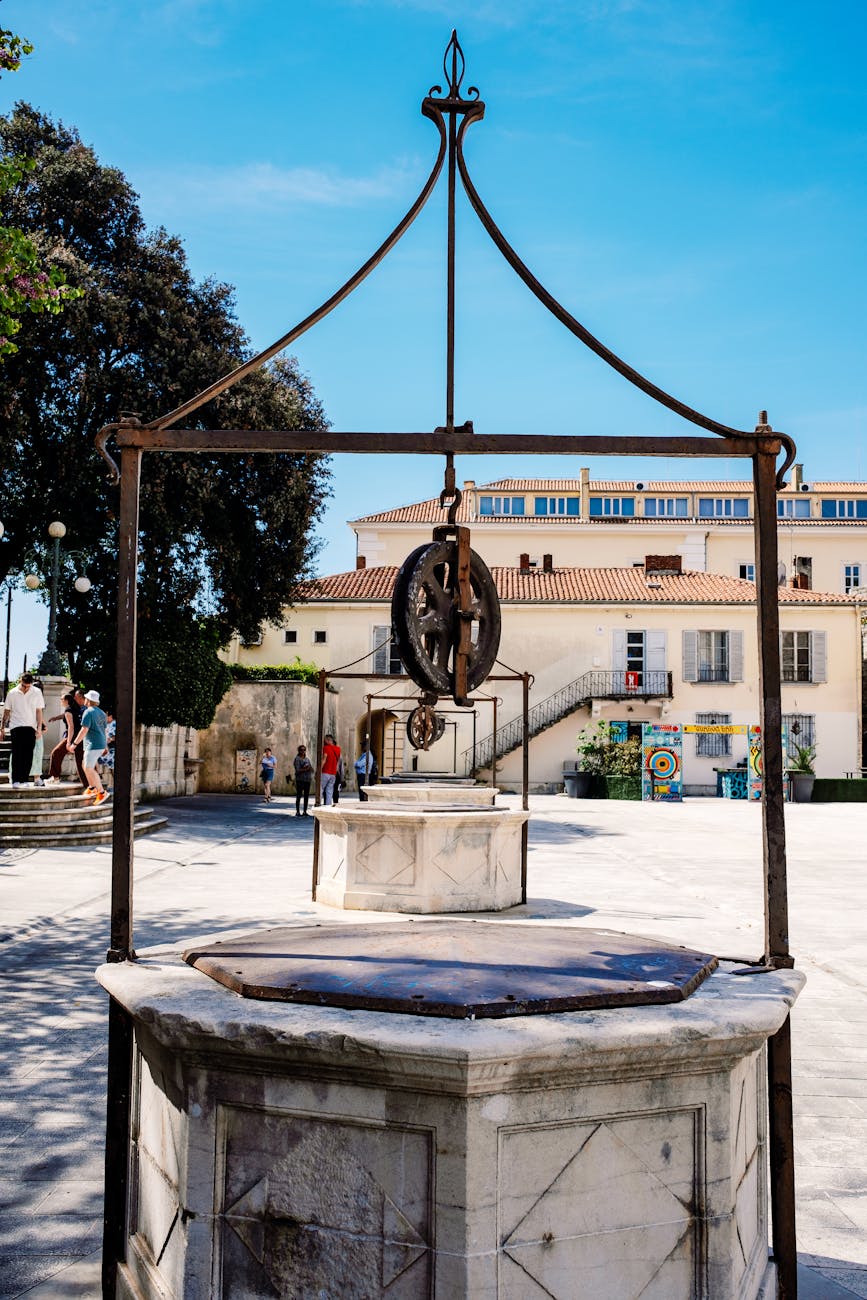Beneath the surface of the world, where water runs deep and ancient stones cradle forgotten springs, there is an old belief that wells are more than mere sources of water. They are gateways—portals between the physical world and the spiritual, places of healing, mystery, and sometimes, haunting.
Throughout history, sacred wells have been revered as places of power. They are places where prayers were whispered, where offerings were left, and where the boundary between the living and the unseen was said to be thinnest. Some wells were said to be guarded by spirits, others cursed by those who wronged them. But one thing is certain—these ancient waters hold secrets.
Let us step to the edge of these mystical wells and peer inside.
The Healing Waters of Holy Wells
In many cultures, wells were believed to have magical and medicinal properties. The Celts, the Norse, and medieval pilgrims all sought out sacred wells, believing their waters could heal the sick, grant visions, and cleanse the soul.
- St. Winifred’s Well (Wales) – One of the most famous holy wells, said to have sprung from the ground where Saint Winifred was beheaded. Pilgrims have come here for centuries to seek healing.
- Chalice Well (Glastonbury, England) – A well steeped in Arthurian legend, said to be linked to the Holy Grail itself. The iron-rich water runs red, earning it the name “The Blood Spring.”
- Tobar na nAingeal (Ireland) – A well known as “The Well of the Angels,” where those who drink its water are said to gain protection from unseen forces.
Superstition: It is said that drinking from a sacred well at dawn increases its healing power, but to take water without permission from the spirit of the well may bring misfortune.
The Spirits That Linger
Not all well-spirits are kind. Many old wells were said to be home to guardians, ghosts, and vengeful beings that would punish those who disrespected their waters.
- The Well of Sin (Scotland) – A cursed well where it is said those who gaze into its depths will see the face of their greatest regret—and that it will haunt them ever after.
- Jennet’s Well (England) – Said to be haunted by a woman who drowned herself in its depths. She is sometimes seen standing by the water’s edge, warning travellers away.
- The Whispering Well (Wales) – An eerie well where voices are said to echo in the night. Locals say it is the voices of the unbaptised dead, trapped between worlds.
Superstition: Never look into a well at midnight, lest you see something looking back.
Wells as Portals to Other Worlds
In folklore, wells were not only sacred but also doorways to the Otherworld. The Celts believed that wells and springs were entrances to the realm of the fae, and that some who ventured too close never returned.
- The Well of Moytura (Ireland) – A legendary well said to belong to the Tuatha Dé Danann, Ireland’s ancient god-like race.
- The Black Well (Cornwall) – A dark, moss-covered well where it is believed the fae emerge at dusk, luring the unwary into their realm.
- Kobold’s Spring (Germany) – Said to be guarded by an earth spirit, granting wealth to those who approach with respect, but cursing those who come with greed.
Superstition: If you drop a coin into a well and hear no splash, it is said that the well does not end in water, but in another world.
How to Honour a Sacred Well
If you ever visit a well with a history of legend, treat it with respect. Here are some traditional ways to honour these mystical places:
- Leave an offering – A coin, a flower, or a small token can show gratitude to the spirit of the well.
- Speak a blessing – Many believe that wells hold memory, and a kind word can ensure good fortune.
- Never take without asking – If you collect water, acknowledge the spirit of the well before doing so.
- Listen – Wells are places of quiet wisdom. Sometimes, standing near one and simply listening is enough.
The Echoes of Deep Waters
Whether they offer healing, whispers of fate, or glimpses of the unknown, sacred wells remain some of the most powerful and mysterious places in folklore. They remind us that water is not just water—it is history, memory, and the reflection of something deeper than we can see.
So next time you pass an ancient well, pause for a moment. Listen to the silence, watch the water ripple, and remember—you may not be the only one watching.


Leave a Reply